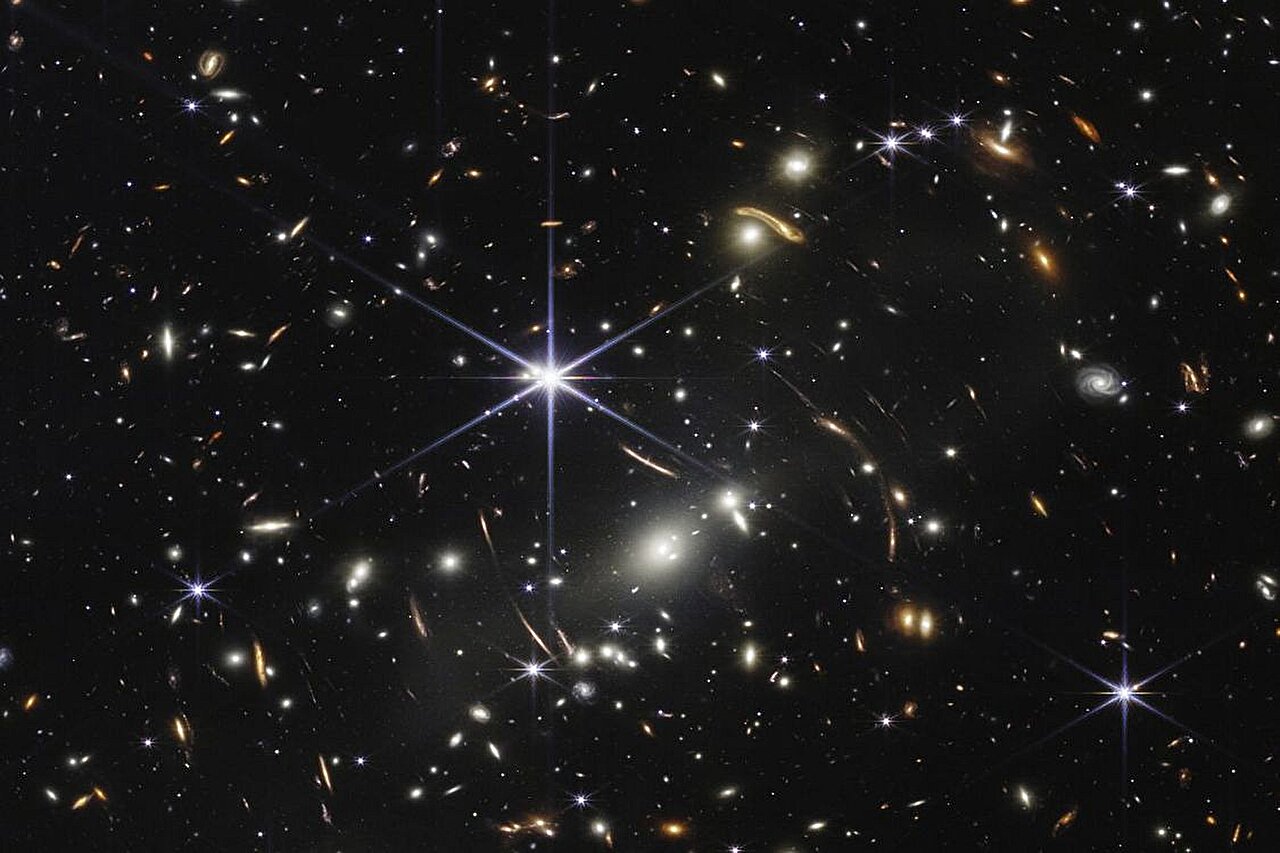On July 11, 2022, the very first image taken by the James Webb Space Telescope (JWST) was released to the general public. It’s called Webb’s First Deep Field, centered on a cluster of galaxies named SMACS 0723 and containing no less than 7,000 galaxies.
This image has proven to be an important target for the study of galaxy evolution as it contains a large number of very distant galaxies which shed light on how galaxies formed and evolved in the early universe.
Until now, however, there has been a lack of accurate and comprehensive distance measurements to galaxies in this field.
A team of Canadian and international astronomers led by Dr. Gaël Noirot, a postdoctoral researcher at Saint Mary’s University in Halifax, has now carefully inspected and analyzed Webb’s First Deep Field. Their study is published in the Monthly Notices of the Royal Astronomical Society.
Members of the Canadian NIRISS Unbiased Cluster Survey (CANUCS), the scientists used the Canadian NIRISS (Near Infra-Red Imager and Slitless Spectrograph) instrument onboard the JWST to collect spectra from galaxy targets in the image. These spectra are a type of scientific data created by breaking down the light of an object to reveal additional information such as the object’s age or distance.
2023-11-02 03:41:02
Original from phys.org
